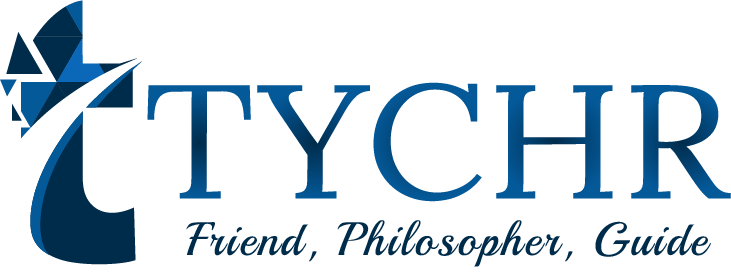IBDP – ECONOMICS
The International Baccalaureate Diploma Programme (DP) is a rigorous assessment programme for students aged 16-19. This course is well respected by universities worldwide and provides high quality education to students. It encourages students to be curious, knowledgeable, open minded, empathetic while inculcating values and attitudes in them.
IBDP offers over 30 courses from six subject groups, from each of these subject groups; students have a choice to pick subjects that interest them.Generally, three subjects are taken at the Higher Level (HL) and others are taken at the Standard Level( SL). HL subjects are studied in greater depth than SL subjects.
In addition, three core elements, the extended essay, theory of knowledge and Creativity, Activity, Service are compulsory and central to the programme’s philosophy.
The economics IBDP course uses economic theories, models and key concepts to examine concepts of microeconomics, macroeconomics and the global economy.
IBDP – ECONOMICS
Unit – Introduction to Economics
Unit – Microeconomics
- Competitive Market-Demands and Supply
- Elasticities
- Government Intervention
- Market Failure
- The Theory of the Firm I
- The Theory of the Firm II
Unit – Macroeconomics
- The level of Economic Activity
- Aggregate Demand & Aggregate Supply
- Macroeconomic objectives I Low Unemployment, Low and Stable rate of Inflation
- Macroeconomic objectives II Economics Growth and Equity in the Distribution of Income
- Demand-side and Supply-side Policies
Unit – The Global Economy
- International Trade
- Exchange rates and the balance of payments
- Economic integration and the terms of trade
- Understanding economic development
- Topics in economic development
- Foreign sources of finance and foreign debt
- Consequences of economic growth and the balance between markets and intervention
Curriculum overview
- Knowledge and understanding
- Application and analysis
- Synthesis and evaluation
- Selection, use and application of appropriate skills and techniques
Assessment Summary
The aims of the DP economics course are to:
- Develop a critical understanding of various economic theories, models and ideas etc.
- Apply these economic theories, models, ideas and analyse economic data to focus on real economic issues and problems faced by individuals and societies
- Develop a conceptual understanding of individuals’ and societies’ economic choices and interactions, the challenges they face and consequences of economic decision-making.Curriculum overview

